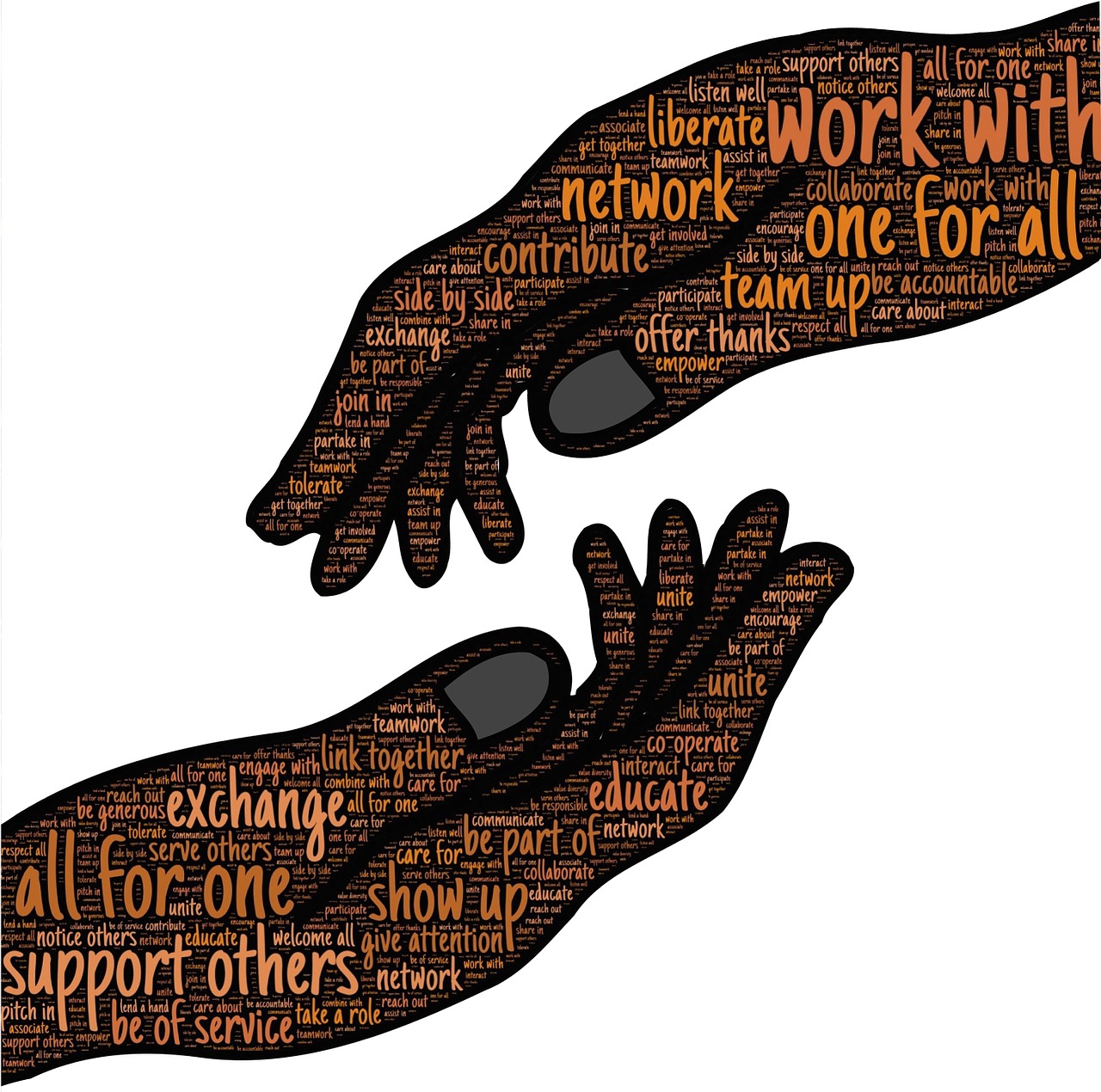
[et_pb_section fb_built=”1″ admin_label=”section” _builder_version=”3.22″][et_pb_row admin_label=”row” _builder_version=”3.25″ background_size=”initial” background_position=”top_left” background_repeat=”repeat”][et_pb_column type=”4_4″ _builder_version=”3.25″ custom_padding=”|||” custom_padding__hover=”|||”][et_pb_text admin_label=”Text” _builder_version=”3.27.4″ background_size=”initial” background_position=”top_left” background_repeat=”repeat”]

Recently, I read quote by New York Times best-seller, Jon Levy. He says, “It’s near impossible to win people over with business dinners or gifts. Instead, the opposite is true. This is known as the Ikea effect, people care more about their IKEA furniture because they had to assemble it. It turns out, people will like us more when they put effort into the relationship. So we need to give them the opportunity to do that.”
After years of working almost exclusively with proven leaders who exemplify authenticity and a spirit of service, I’ve noticed a trend. Most people have a hard time letting others help them. Certainly, there may be reasons to explore around human issues of control, trust or self-sufficiency, but I think at least part of the reason is we’re not sure how to let people help us. But if it really is true that people are more connected to us when they put effort towards us, it may be worth taking steps to master the art of being served. The benefit is magnified when we consider how readily we ourselves are willing to lend a helping hand, how good it feels when we do, and how much stronger our most giving relationships are!
First, figure out what you need. It starts with taking the time to be specific in our goals and identify the resources we need.
Second, structure an “ask” in a way that is genuine and shows a commitment to be relational, not transactional.
Third, honor your relationships by saying thank you and putting the advice you receive to work.
Time and time again, I’ve been on the receiving end of incredible advice, ideas, and insights that have made me better and have brought me closer to my goals. Just the other day, I applied this same process and was connected to someone who is a national expert in growing cause-based organizations. “I really appreciate you taking the time to speak with me. I’d love to hear a little bit about your work and expertise,” I said. He was thrilled to share his story with me, answer questions, and offer advice. At the end of our conversation, I offered my thanks, “I can see why my friend suggested I speak with you. Your insights were exactly what I needed. Would it be alright with you if I kept you informed about my progress and circled back again along the way?” “Of course,” he said. “I would love to keep talking with you and am happy to help however I can.” And now, I have a new relationship that I’m able to build and foster.
When I sent a note to the person who introduced me, I said, “Wow! Thank you so much for this connection. I learned so much and I am so honored that you would make an introduction like this. I really value it and will continue to keep you both apprised of my progress. You really were an enormous help to me.” What might you expect his response was? That’s right – he was proud of what he did to help and offered any additional support I might need. My relationship strengthened.
[/et_pb_text][/et_pb_column][/et_pb_row][/et_pb_section]